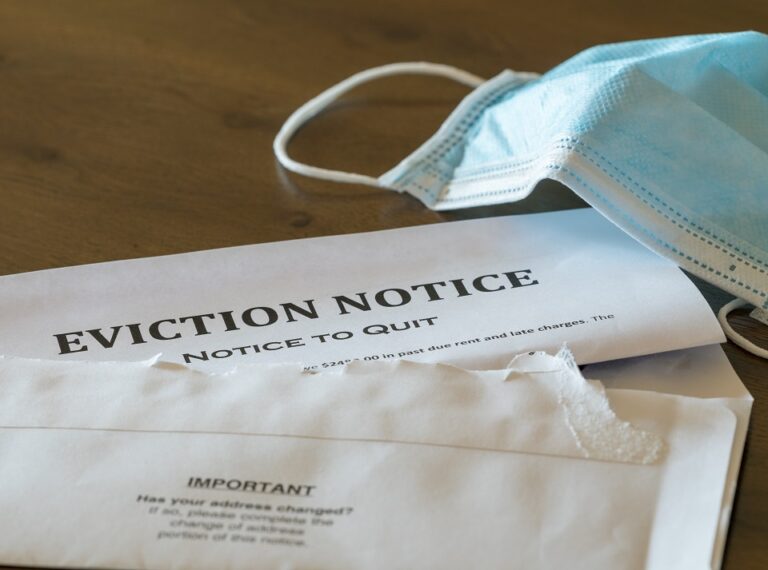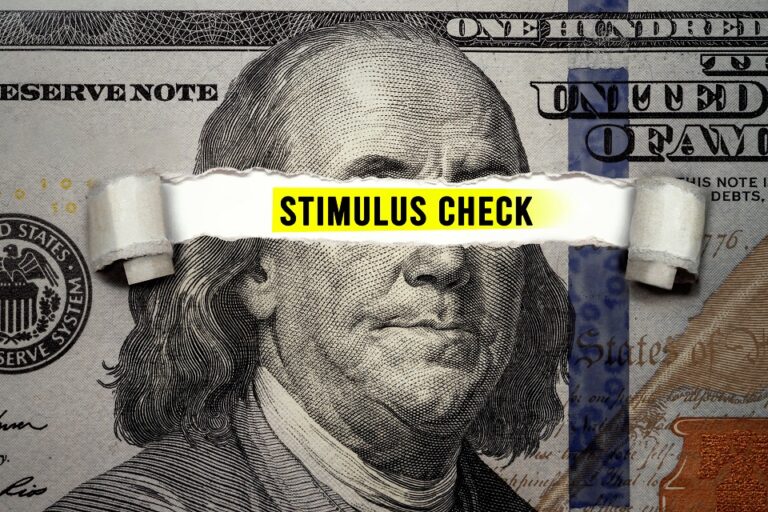
The factors that affect the cost of home insurance
If you’re trying to save on your home insurance, the first thing to do in order to succeed is to actually know the main factors that affect the cost of your home insurance. “It’s about knowing your risk, and what you can do to minimize that risk,” says Lynne McChristian, Florida representative for the Insurance Information Institute.
Here are some factors insurers take into consideration when figuring out how much you’ll pay for insurance:
- Location: This is the biggest factor that affects your premium. If your home is located in a region at higher risk for natural disasters, such as hurricanes, tornadoes, floods, harsh winters, or earthquakes, you’re going to pay extra for that. The Insurance Information Institute says that damage from wind and hail make up the highest percentage of claims, followed closely by water damage and freezing.
- Exposure to other risks: It refers to your home’s proximity to other homes or commercial developments; homes located near commercial buildings or in extremely populated areas might be at higher risk for damage due to riots or crime. So, if your home is somewhere in the woods (raising the risk of damage by wildfire), you’ll pay more than a home located in the desert. Also, proximity to busy roads or dangerous intersections will also raise your rates.
- Proximity to fire departments: If your home is located near a fully staffed fire department (versus a volunteer fire department), you’re likely going to pay less for home insurance. Lucky you if that’s the case!
- Age of the home: Everybody knows that older homes usually have old wiring and plumbing, increasing the risk that there will be a fire or flood in the future. That’s why premiums are often higher for older homes.
- Age of the roof: An old roof is more likely to leak or be damaged from flying debris. So, if your roof shows signs of deterioration, you’ll pay extra money.
- Home’s building material: Wood homes are considered a higher risk than brick ones, because they are more likely to catch fire. However, if you live near a fault line, you might save more with a wood-frame house, as they’re more likely to bend and flex with the shaking of an earthquake (so, here we are again with the location).
- Wood burning stoves or fireplaces: Clearly, an open flame inside the home increases the risk of fire. The Insurance Information Institute reports that fire is the most expensive homeowner’s insurance claim; the average claim is over $39,000.
- Dogs: According to Wells Fargo, 50% of all dog bites occur on the owner’s property, and one-third of all homeowner’s insurance liability claims are due to bites. If your dog’s breed is considered aggressive, you might be denied coverage entirely. Some aggressive dog breeds are American Staffordshire Terrier, American Pit Bull Terrier, Staffordshire Bull Terrier and American Bully.
- Occupancy: If you’re leasing your home to someone else, even if you’re sharing a space (such as renting out a room or a basement apartment), you’re going to have a higher premium. The insurance company can’t vet who will be living in the home, which increases their risk.
- Previous claims: If you’ve made several home insurance claims in the past, you’re more likely to make claims again, so your rates will be higher.
- Credit score: Whether or not you think it’s fair, your credit score affects your premium. Insurers claim that people with higher credit scores make fewer claims. Here are 8 Smart Ways to Improve Your Bad Credit Score.
It’s true, many of these factors that affect your insurance rates are outside of your control. But, don’t lose heart – there are some things you can do to lower your rates and save money fast. Read on to discover them!











